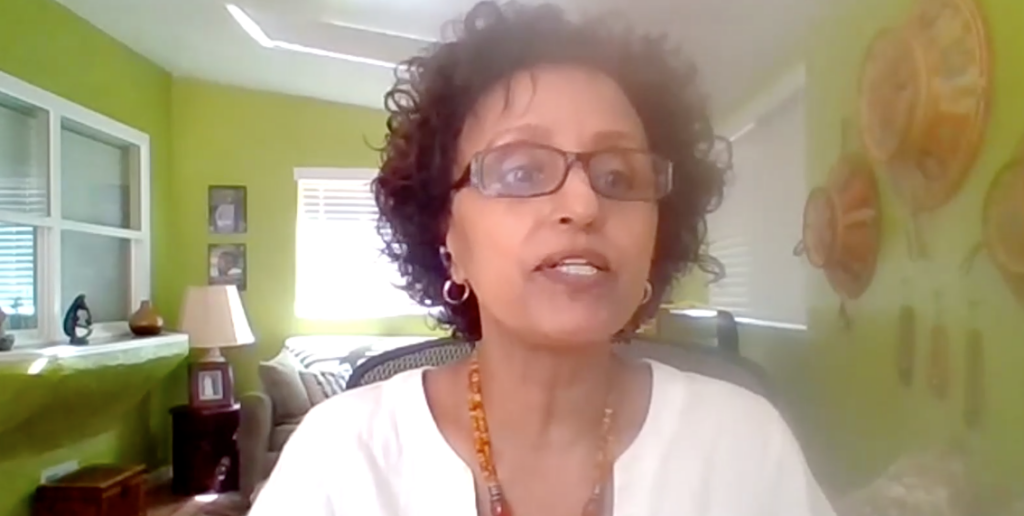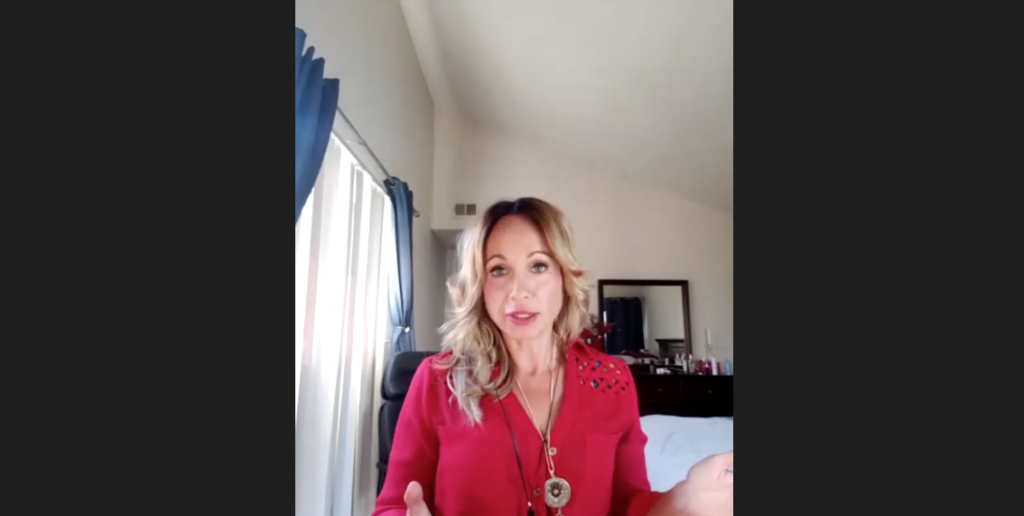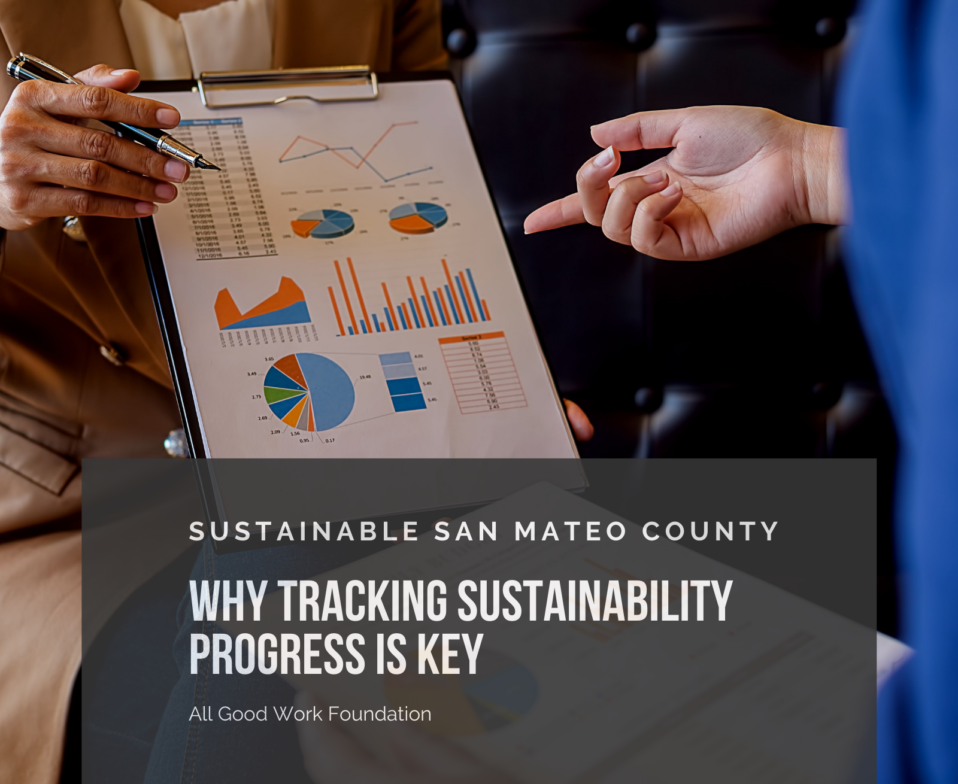The All Good Work Foundation recently hosted a virtual roundtable discussion titled “Successful Fundraising During the COVID Crisis,” moderated by Amy Feldman, its Program Director for Silicon Valley and the Bay Area.
The event focused on how three Bay Area nonprofits were able to secure funding in a timely manner to support the needs of their communities during the coronavirus pandemic.
Without a doubt, the COVID-19 pandemic has dramatically impacted the nonprofit sector, just as it has impacted businesses across all industries. However, it is in challenging times when the work of nonprofits becomes more critical and needed than ever.
Below you will find our key takeaways from the discussion, which featured three female nonprofit leaders and fundraising experts:
- Almaz Negash, Founder and Executive Director of the African Diaspora Network
- Manju Ramachandran, Director of Development for All Stars Helping Kids
- Iris Sagi, Development Director for There With Care of the Bay Area.
3 Tips for Successful Fundraising during the COVID-19 Pandemic
These tips can help nonprofit organizations raise funds today, but also in the future.
1. Have a clear plan and be resilient
When the pandemic first hit, these nonprofits were forced to pivot and adapt to the circumstances.
“People will give you money because you deliver something,” Almaz Negash said. If you want donors to continue to donate money, then you need to deliver something, regardless of the circumstances.

“We decided that we needed to find a way to continue bringing people together, which is part of what we do, even if we couldn’t get together physically.” African Diaspora Network pivoted to a regular series of virtual events and webinars, and Negash shares that hundreds of people are registering for them.
“Our donors liked that, and this helped with our efforts to raise money.”
2. Have a strong communication plan in place
When it comes to fundraising, you need to have important information ready. Whenever you ask for money, you need to be able to explain why you need funds, what the funds will be used for, and how the money will help the communities your organization serves.
“Consider setting up a new webpage to communicate your new needs,” Iris Sagi said.
“Our organization had to rethink entirely how we fundraised. Suddenly our annual gala was no longer an option. We had to figure out new ways to engage with our supporters and our volunteers.”
There With Care of the Bay Area focused on using digital tools, like social media and email blasts, to do outreach. Iris recommended whichever communication method you choose, make sure that you commit to it, and that your network of contacts and donors is familiar with it.

3. Be transparent and clear
“You have to be clear and transparent,” Manju Ramachandran shared. In this sense, adding data pieces to your communications becomes critical, as it will help conversations move forward. Besides, if you’re honest and transparent about how much money you need, what it will be used for, and why you need it now, people will be more inclined to donate.

See the 2 statements below. Which one do you think will be more effective in engaging potential donors?
“We have a handful of special supporters like you and while I’m sure you and your family foundation have been getting lots of requests, would you consider supporting our Emergency Relief Fund?”
“Right now our organization is experiencing a shortfall of $150,000 and our budget and plan are attached. We are asking our most trusted and loyal supporters like you to consider a gift of $25,000 to our Emergency Relief Fund. Is this something we can talk about now in the hopes that we can secure this special gift by April 15th?
Another important thing to note with your communications is that you need to keep it short and simple. Ramachandran believes that every ask should only have 2 sentences. Pro tip: make sure that your ask has a clear call to action.
At the end of the day, the key to success when fundraising can be summed up in the following points:
- be transparent
- be vulnerable
- talk about your budget
- share your plans for the year.




